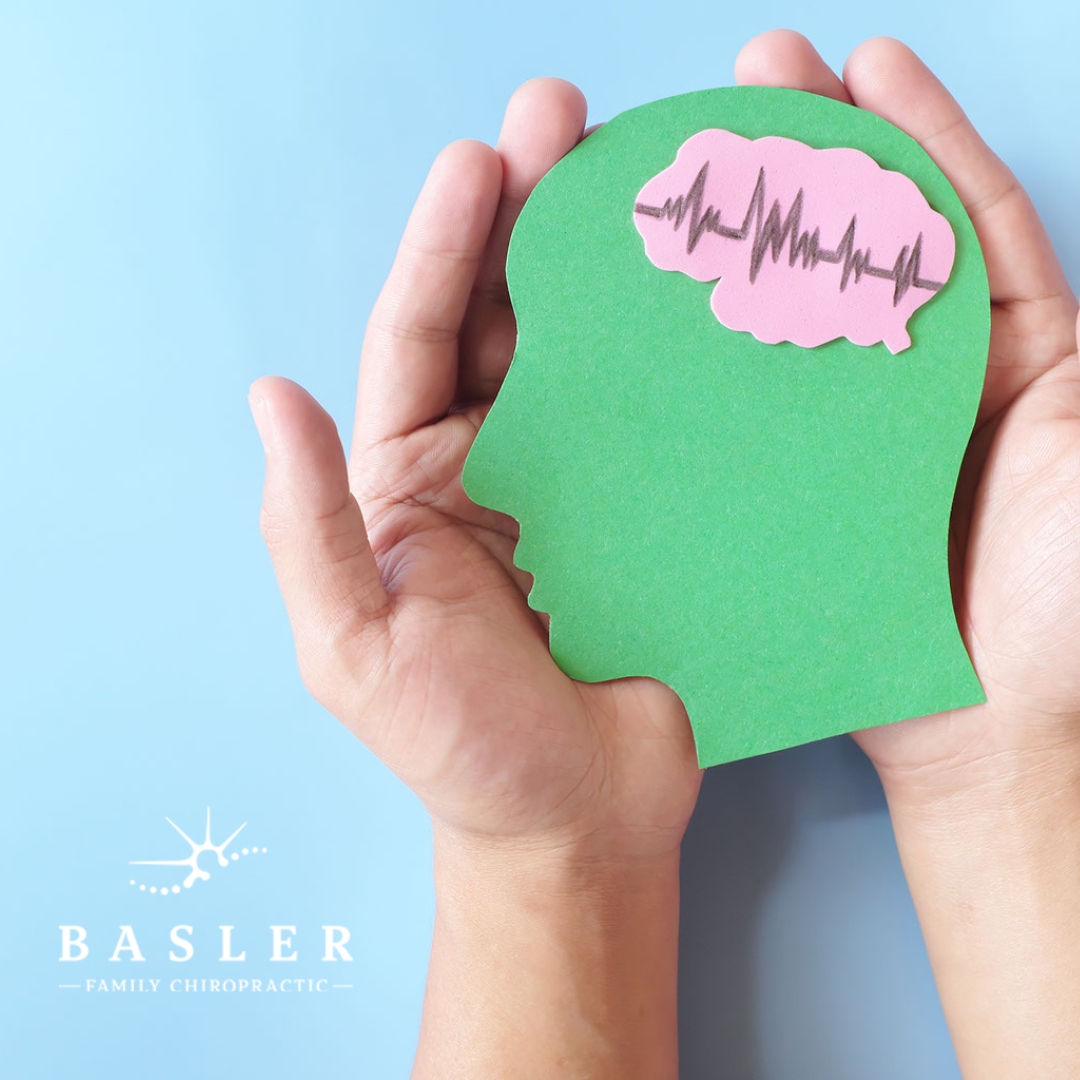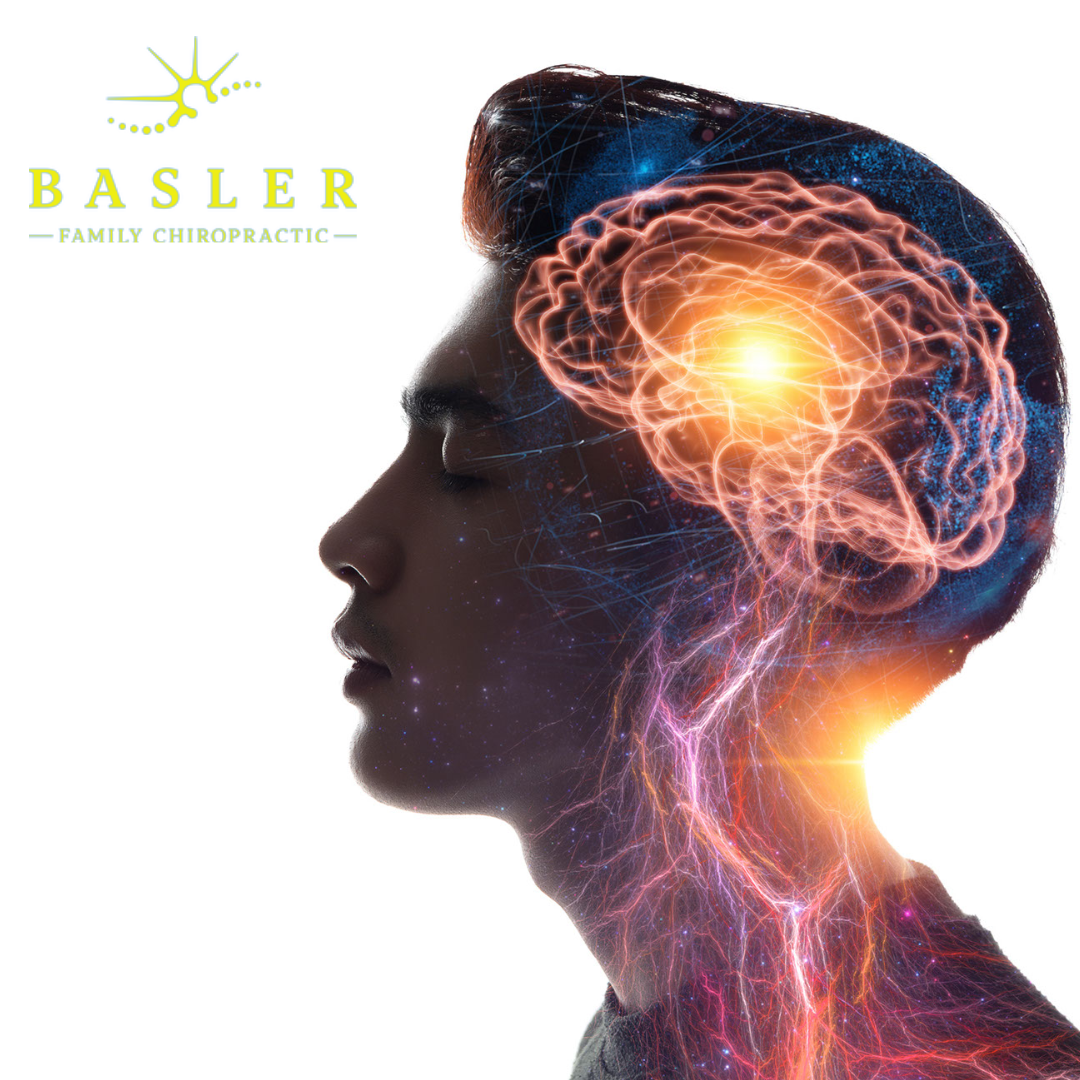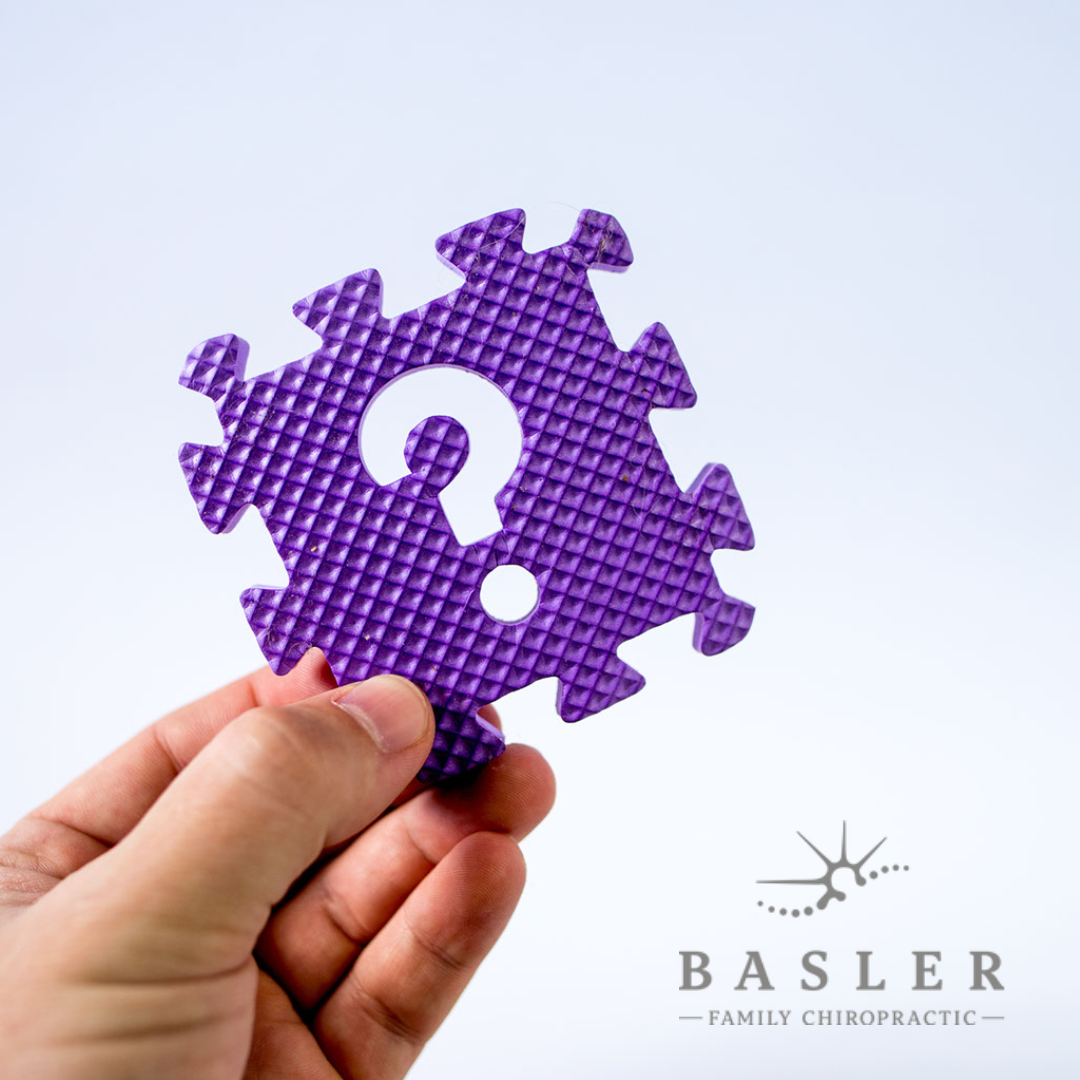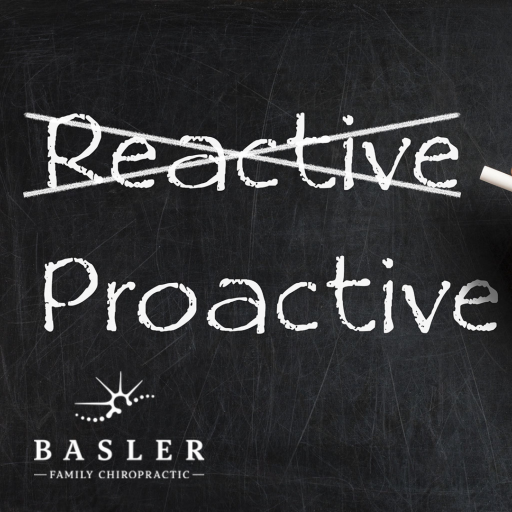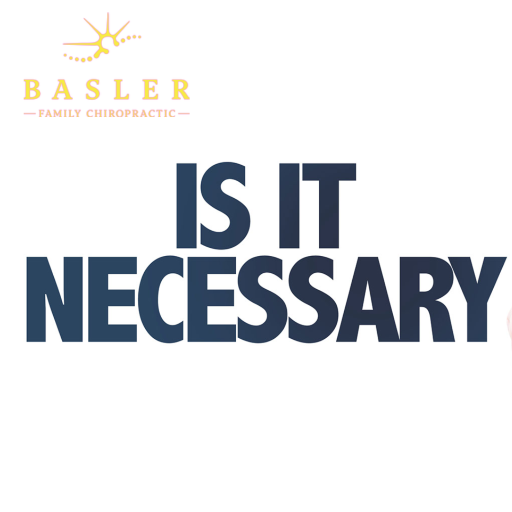Blog brought to you by Dr. Heidi Haavik, Did you know that pain is created by your brain?4-9
The interesting thing is that you don’t actually have to have any actual tissue damage to feel pain.10 If your brain is not aware of tissue damage, you may not feel any pain at all, even if you’ve injured yourself.4,6
Experiencing pain is normal
Everyone experiences pain now and then.1 Pain is supposed to be protective to make you stop doing things that may be dangerous.2 Chronic pain that has persisted for more than 3 months is no longer protective, nor informative.3 So, what is chronic pain and what can you do about it if you suffer from it?
What does the research show?
More than one-third of people with chronic pain become disabled by their pain to some degree.12 13. The pain can be from headaches, joint pain, neck pain, back pain or pain from an injury. Other kinds of chronic pain include tendinitis, sinus pain, carpal tunnel syndrome, and pain affecting specific parts of your body. The common thing with all these types of pain is that the actual feeling of pain is always, 100% of the time, created in your brain.5 8 14 15
This does not mean it’s not real – but understanding that the pain itself is created in your brain is really important for how you can get rid of it. And because pain depends so much on what you think and feel about the pain,2 it’s very important you understand pain properly. Your pain experience depends on why your brain has decided you need to be protected – why it’s creating the feeling of pain for you in the first place.5 We know that the brain can be retrained,16 so you need to use all the tools available to you to retrain your brain to be out of pain.16 Some of the keys to retraining your brain are staying active,17-19 staying positive,20 eating well,21 22 and sleeping well.23
One important way that you can help yourself if you are in chronic pain is to stay active.17-19 Your posture and how you move plays an important role in how you feel and how you experience pain.18 19 If there are movements you cannot do because of your pain you can still help by imagining these movements.24 We know from neuroscience research that imagining a movement influences the brain in a very similar way to actually doing the movement.24 25 This can help retrain your brain to understand that the movement is not dangerous – because imagining doing the movement will not hurt.
You can basically trick your brain into giving you back pain-free movement.24 The movement of your spine is also very important.26 Yoga or simple spinal exercises can be great for this and chiropractic care may be really important to help you move too.27-29 The main focus of chiropractic care is to improve the movement and function of your spine.30-32 This is so important because proper movement of your spine helps your brain know more accurately what is going on, not only just in your spine, but also elsewhere in your body.33 34
Research tells us that chiropractic care can help people who suffer from back pain,38 39 and headaches.40 This is most likely because chiropractic care helps your brain know more accurately what is going on in your spine and body33 41 and may help your brain to switch off feelings of pain, when they are no longer needed. So if you suffer from chronic pain do your best to stay positive,20 move often,18 19 eat well,21 22 sleep well,23 and go see your family chiropractor to help retrain your brain to be out of pain.38 39
Disclaimer and References This information is provided for educational purposes only. It is not intended to be professional advice of any kind. Haavik Research Ltd encourages you to make your own health care decisions based on your own research and in partnership with a qualified health care professional. chiroshub.com © Haavik Research 2021 1. Katz WA.1998;105(1, Supplement 2.:2S-7S. 2. Seymour B.2019;101(6):1029-41. 3. Holt K, Russell D, Cooperstein R, et al. Aust 2018;46(1):101-17. 4. Fenton BW, Shih E, Zolton J. 2015;5(4):297-317. 5. Koyama T, McHaffie JG, Laurienti PJ, et al. 2005;102(36):12950-55. 6. Mitsi V, Zachariou V. 2016;338:81-92. 7. Ploghaus A. 1999;284(5422):1979-81. 8. Wager TD. 2004;303(5661):1162-67. 9. Wiech K. 2016;354(6312):584-87. 10. Costigan M, Scholz J, Woolf CJ. 2009;32(1):1-32. 11. St Sauver JL, Warner DO, Yawn BP, et al. 2013;88(1):56-67. 12. Webb R, Brammah T, Lunt M, et al. 2003;28(11):1195-202. 13. Mallen C, Peat G, Thomas E, et al. 2005;6(1):42. 14. Apkarian AV, Hashmi JA, Baliki MN. 2011;152(3 Suppl):S49. 15. Atlas LY, Bolger N, Lindquist MA, et al. 2010;30(39):12964-77. 16. deCharms RC, Maeda F, Glover GH, et al. 2005;102(51):18626-31. 17. Geneen LJ, Moore RA, Clarke C, et al. 2017;4:Cd011279. 18. Booth J, Moseley GL, Schiltenwolf M, et al. 2017;15(4):413-21. 19. O’Connor SR, Tully MA, Ryan B, et al. 2015;96(4):724-34.e3. 20. Schutze R, Rees C, Slater H, et al. 2017;22(3):463-80. 21. Masino SA, Ruskin DN. 2013;28(8):993-1001. 22. Silva AR, Bernardo A, Costa J, et al. 2019:1-29. 23. Burgess HJ, Burns JW, Buvanendran A, et al. 2019. 24. Bowering KJ, O’Connell NE, Tabor A, et al. 2013;14(1):3-13. 25. Mulder T. 2007;114(10):1265-78. 26. Laird RA, Keating JL, Ussing K, et al. 2019;20(1):28. 27. Eliks M, Zgorzalewicz-Stachowiak M, Zenczak-Praga K. 2019;95(1119):41-45. 28. Li Y, Li S, Jiang J, et al. 2019;98(8):e14649. 29. Galindez-Ibarbengoetxea X, Setuain I, Andersen LL, et al. 2017;23(9):667-75. 30. Brown RA. 2016;23(1):22-28. 31. Hart J. 2016;23(1):46-52. 32. The Rubicon Group. 2017:4. 33. Haavik H, Murphy B. 2011;34(2):88-97. 34. Korakakis V, Giakas G, Sideris V, et al. 2017;31:9-20. 35. Gross A, Langevin P, Burnie SJ, et al. Syst Rev 2015(9):Cd004249. 36. Gross A, Miller J, D’Sylva J, et al. 2010;15(4):315-33. 37. Bryans R, Decina P, Descarreaux M, et al. 2014;37(1):42-63. 38. Goertz CM, Pohlman KA, V
• Dr. Heidi Haavik BSc(Physiol) BSc(Chiro) PhD • Dr. Kelly Holt BSc, BSc(Chiro), PGDipHSc, PhD • Dr. Jenna Duehr BChiro, BHSc(Nursing), MHSc
